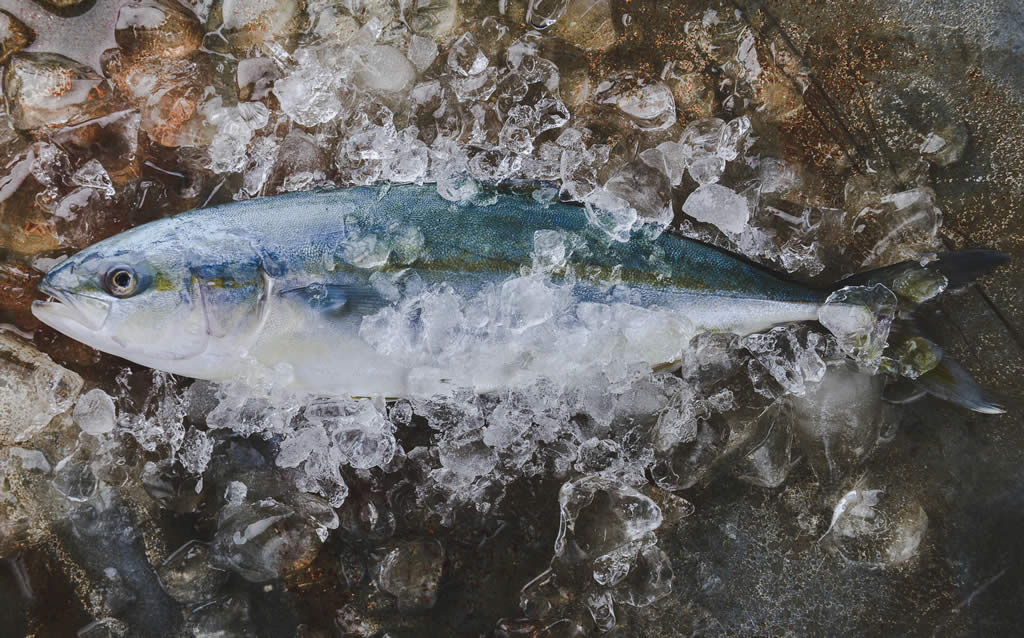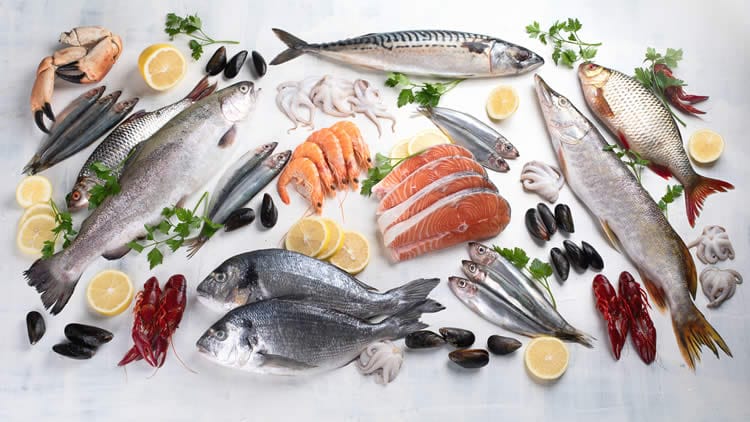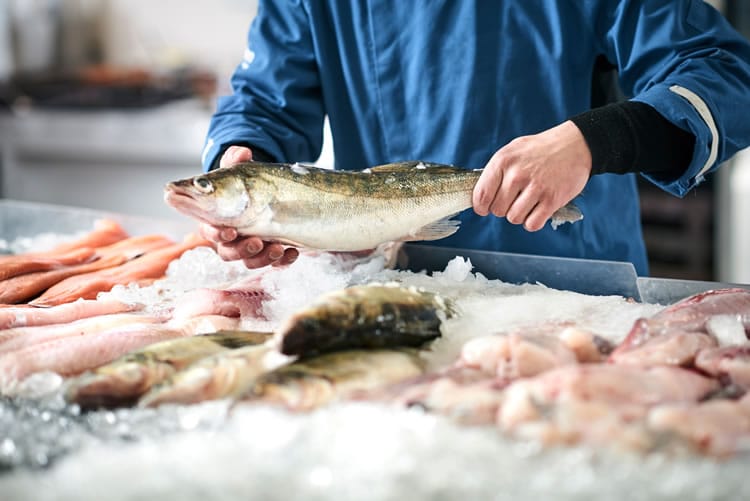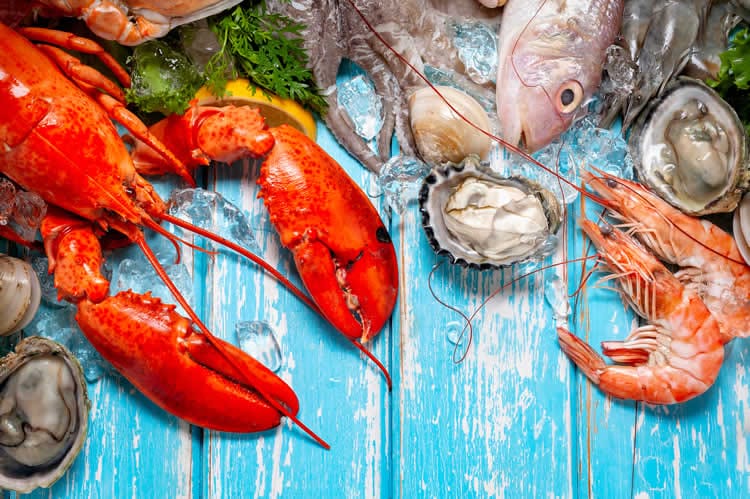Title: Seafood Myth-Busting: Separating Fact from Fiction
Seafood is a delicious and nutritious addition to any diet, but there are many misconceptions surrounding its safety and sustainability. In this article, we’ll debunk common seafood myths and provide you with accurate information to help you make informed choices when enjoying seafood.
Seafood is a delicious and nutritious addition to any diet, but over the years, numerous myths and misconceptions have surfaced about its safety and sustainability. These myths can lead to confusion and uncertainty among consumers, causing some to avoid seafood altogether. In this article, we’ll debunk common seafood myths and provide you with accurate information to help you make informed choices when enjoying seafood.
One prevalent myth is that all seafood contains high levels of mercury, making it unsafe for consumption. While it’s true that some fish species, such as shark, swordfish, and king mackerel, have higher mercury levels, the vast majority of seafood is safe to eat. The FDA and EPA provide guidelines for consuming seafood based on mercury levels, and following these recommendations can help you enjoy the benefits of seafood while minimizing any potential risks.
Another common misconception is that farmed fish is inferior to wild-caught fish. Aquaculture, or fish farming, has come a long way in recent years, with many farms implementing sustainable practices and producing high-quality fish. Farmed fish can be a sustainable and economical option, and it often has a lower environmental impact than wild-caught fish. When choosing farmed fish, look for reputable suppliers that prioritize sustainable practices and the health of their fish.
Some people believe that raw seafood, such as sushi or oysters, is inherently dangerous. While consuming raw seafood does carry some risks, these risks can be greatly minimized by choosing reputable restaurants or suppliers that follow strict food safety guidelines. Sushi-grade fish is typically frozen to eliminate parasites, and oysters should be harvested from clean waters and properly refrigerated. If you have concerns about raw seafood, you can always opt for cooked alternatives.
A persistent myth is that seafood spoils quickly and is difficult to store. While seafood is indeed perishable, proper storage can significantly extend its shelf life. Fresh fish should be stored in the coldest part of your refrigerator and consumed within one to two days. Alternatively, you can freeze seafood for longer storage. When thawing frozen seafood, always do so in the refrigerator, not at room temperature, to prevent bacterial growth.
Lastly, some people worry that seafood is not sustainably sourced and that consuming it contributes to overfishing and environmental degradation. While these concerns are valid, there are many ways to enjoy seafood responsibly. Look for seafood with eco-labels, such as the Marine Stewardship Council (MSC) or Aquaculture Stewardship Council (ASC) certifications, which indicate that the seafood comes from sustainable sources. You can also consult sustainable seafood guides, like the Monterey Bay Aquarium’s Seafood Watch , to make informed choices.
At Stewby’s Seafood Shanty, we are committed to providing our customers with fresh, high-quality seafood that is sourced responsibly. We work closely with local fishermen and reputable suppliers to ensure that our seafood is not only delicious but also sustainable. Our knowledgeable staff is always happy to answer any questions you may have about our seafood and its origins, so you can enjoy your meal with peace of mind.
By separating fact from fiction and making informed choices, you can confidently enjoy the many benefits of seafood. Don’t let myths and misconceptions prevent you from experiencing the delicious and nutritious world of seafood. Visit Stewby’s Seafood Shanty today and taste the difference that fresh, sustainably sourced seafood makes in every dish.













